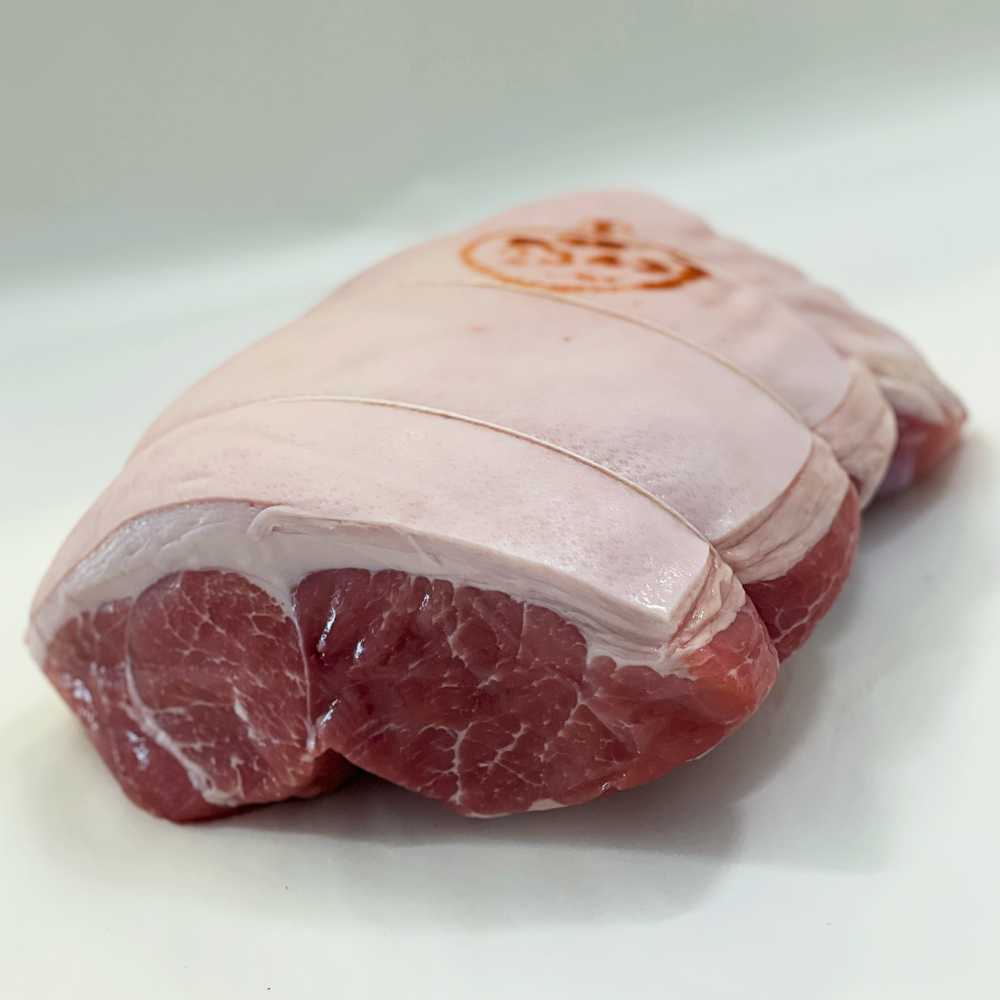A whole gammon joint is a versatile cut that can be cooked in various ways, offering a rich and tender meat that works perfectly for everything from Sunday roasts to family gatherings. Weighing in at around 2 to 2.5kg, this size of gammon is perfect for feeding a crowd, with plenty of leftovers for sandwiches, pies, or even soups. Whether you’re after traditional slow-cooked textures or a quicker, hands-off approach with modern kitchen gadgets, we’ve got you covered.
Boiling is a traditional method that ensures the gammon remains moist throughout cooking. This is a great technique if you want to focus on the natural taste of the meat or if you plan to glaze and roast it later.
Ingredients:
Method:
Advantages:
Roasting is the go-to method if you prefer a crisp outer layer and a deep, smoky flavour throughout. It’s ideal if you’re looking for a no-fuss yet impressive centrepiece for the table.
Ingredients:
Method:
Advantages:
For those who love tender, melt-in-the-mouth meat, slow cooking is the perfect method. While it requires more time, the gammon will develop a rich flavour and pull-apart texture.
Ingredients:
Method:
Advantages:
The Ninja Foodi is a brilliant multi-cooker that combines pressure cooking, slow cooking, air frying, and more into one handy machine. Using it for a gammon joint means you can speed up the cooking process without compromising on taste or tenderness.
Ingredients:
Method:
Advantages:

These gammons are cured, for us, using a traditional method. Our pork legs are cured on the bone by pumping the cure into the meat, by hand, through the vein. This ensures that the cure penetrates the meat without damage to the skin. The cured legs are then boned and strung before hanging to dry.
£28.00 – £40.00
A gammon joint is a rich and savoury centrepiece, and it pairs beautifully with a variety of sides, offering flexibility depending on the season and occasion. From traditional roast accompaniments to fresh salads and vibrant vegetables, you can craft a spread that elevates the gammon's natural flavours. Here’s a look at some top side dishes and matches for your gammon joint.
Roast vegetables are a timeless pairing with gammon, offering a comforting and hearty side.
The creamy, smooth texture of mash is an excellent match for the tender meat.
To balance the richness of the gammon, light and vibrant vegetables add freshness to the plate.
A good sauce or relish can elevate the gammon, providing both sweetness and acidity.
If you’re looking for something lighter, particularly for spring or summer meals, salads are a refreshing contrast to the rich gammon.
Bread and starchy sides offer a substantial option to soak up the juices from your gammon.
Depending on the season, you can lean into festive or seasonal sides that highlight gammon’s versatility.
We’re proud to support FareShare Yorkshire.